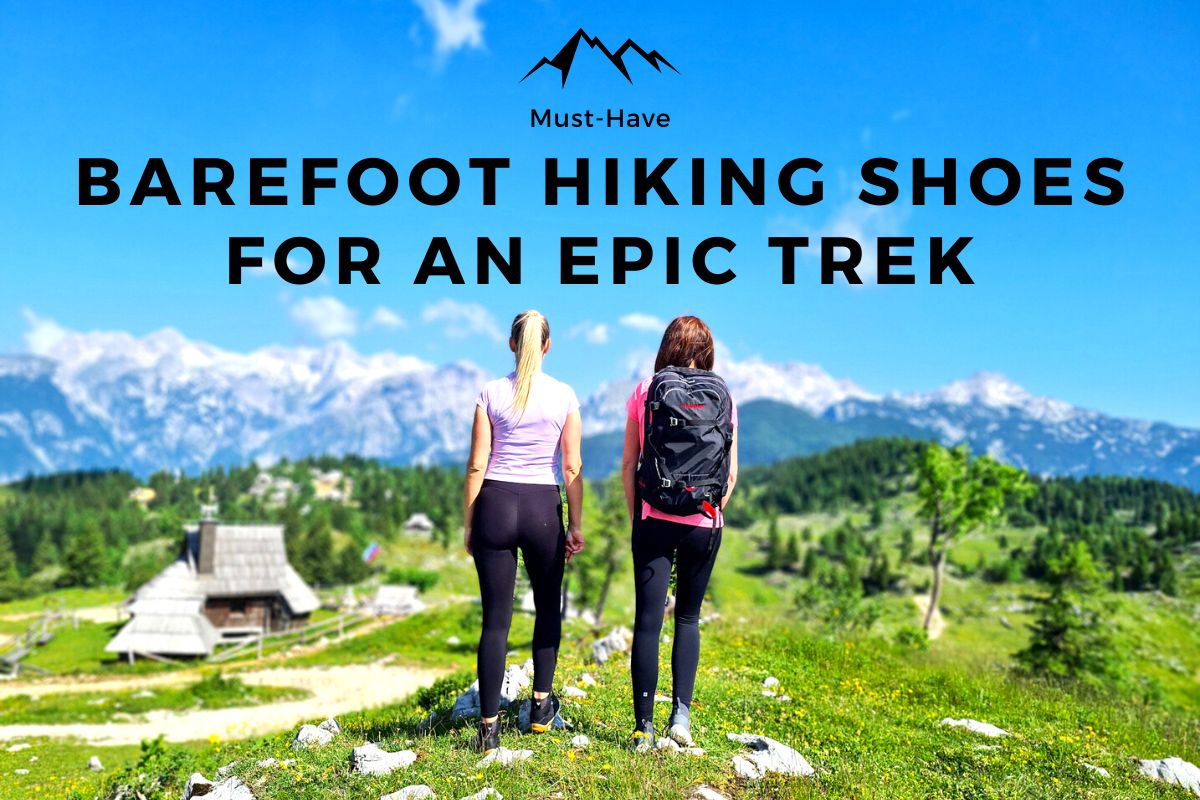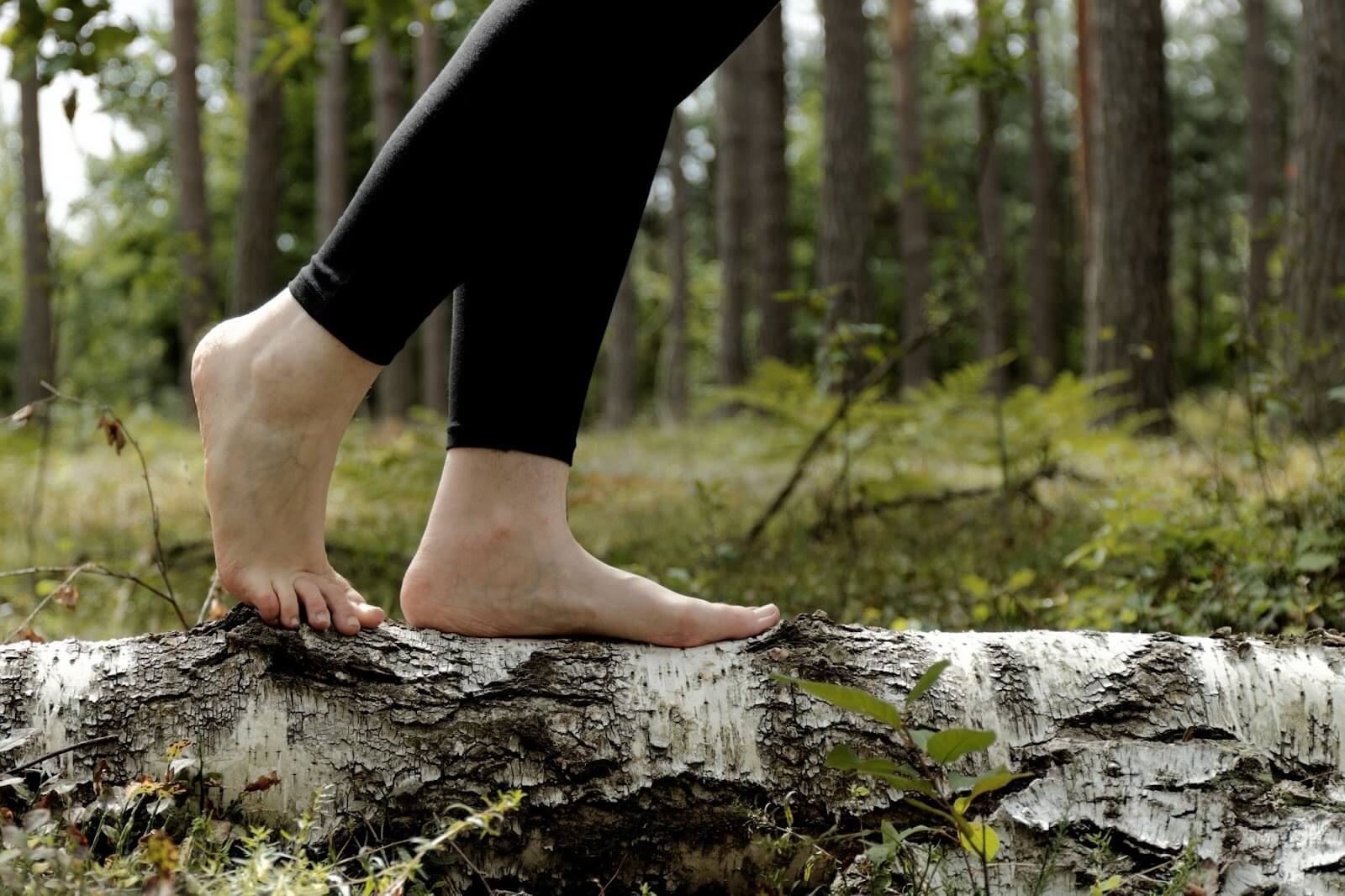Minimalist hiking focuses on carrying only essential gear, encouraging simplicity and lightness in exploration. Learning minimalist hiking involves prioritizing multi-purpose items and mastering efficient packing techniques to minimize weight and bulk.
Embracing this approach can enhance your outdoor experience by promoting a stronger connection with nature and fostering self-reliance in the wilderness. By understanding the principles of minimalist hiking, you can improve your comfort, mobility, and overall enjoyment while trekking through diverse landscapes.
Whether you are a beginner or seasoned hiker, adopting minimalist practices can lead to a more fulfilling and sustainable outdoor lifestyle. Explore the benefits of minimalist hiking and discover how simplicity can elevate your adventures in the great outdoors.


Credit: barefootuniverse.com
Benefits Of Minimalist Hiking
Lighter Pack, Greater Freedom
A minimalist hiking approach means carrying only the essentials, leading to a lighter pack.
This results in greater freedom and agility on the trail, enhancing the overall hiking experience.
Closer Connection With Nature
By carrying less gear, minimalist hikers are more in tune with their surroundings.
This fosters a closer connection with nature, allowing for a more immersive and authentic hiking experience.
Essential Gear For Minimalist Hiking
When hiking, carrying only the most crucial items is essential for a minimalist approach. Choosing the right gear can make your hiking experience more enjoyable and efficient. Here are some must-have essentials for minimalist hiking:
Ultralight Backpacks
Ultralight backpacks are a game-changer for minimalist hikers. These backpacks are designed to be lightweight without compromising on durability. Look for backpacks made from high-quality materials such as ripstop nylon for maximum durability.
Multi-purpose Clothing And Footwear
Choosing multi-purpose clothing and footwear is key for minimalist hikers. Opt for quick-drying, moisture-wicking fabrics that are versatile for different weather conditions. Look for footwear that provides comfort and support for long hikes.
Techniques For Minimalist Hiking
When it comes to minimalist hiking, mastering the techniques can make a significant difference in your outdoor experience. By learning and practicing the art of minimalist hiking, you can reduce your impact on the environment, increase efficiency and agility, and ultimately enjoy a more harmonious and immersive connection with nature. Below, we explore some essential techniques for minimalist hiking that can enhance your skills and elevate your outdoor adventures.
Uphill Stride Efficiency
Mastering the uphill stride is crucial for minimalist hiking. By focusing on maintaining a consistent and efficient stride, you can conserve energy and reduce fatigue while ascending steep slopes. Implement techniques such as shortening your stride, engaging your core muscles, and utilizing your arms for balance. These small adjustments can make a significant difference in your endurance and overall performance during uphill sections of your hike.
Navigating With Minimal Impact
When hiking in minimalist style, it’s essential to prioritize minimizing environmental impact. Opt for techniques such as follow existing trails instead of creating new ones, step lightly to avoid damaging vegetation, and navigate around fragile ecosystems. By respecting the natural environment and practicing minimal impact navigation, you contribute to preserving the ecological integrity of the areas you explore.

Credit: xeroshoes.com
Mindset And Practices
When it comes to minimalist hiking, it’s not just about packing light and leaving unnecessary items behind. It’s also about adopting a mindset and following specific practices that align with the principles of minimalism and Leave No Trace (LNT) philosophy.
Embracing Minimalism On The Trail
Embracing minimalism on the trail means focusing on the essentials and removing any excess. This mindset allows hikers to fully immerse themselves in the beauty of nature, unburdened by the weight of unnecessary possessions.
| Benefits of Embracing Minimalism on the Trail: |
|---|
| – Lighter pack, reducing fatigue and strain on the body |
| – Increased freedom and agility to explore |
| – Enhanced connection with nature |
By focusing only on what is truly essential, hikers can experience a sense of freedom and flow that is unmatched. This includes carefully choosing lightweight and versatile gear and eliminating any duplicate or unnecessary items from their backpacks.
Leave No Trace Philosophy
As a minimalist hiker, it’s crucial to also adhere to the Leave No Trace (LNT) philosophy. LNT provides specific guidelines for outdoor ethics, ensuring that we leave the environment as pristine as we found it, while minimizing our impact on the natural world.
- Plan ahead and prepare:
- Travel and camp on durable surfaces:
- Dispose of waste properly:
- Leave what you find:
- Minimize campfire impacts:
- Respect wildlife:
- Be considerate of other visitors:
By following these principles, minimalist hikers can minimize their ecological footprint and contribute to the preservation of nature for future generations.
Preparing For Your First Minimalist Hike
Discover the essence of minimalist hiking and how to prepare for your first adventure. Learn about the fundamentals of packing light and moving efficiently on the trails, embracing a back-to-basics approach to nature exploration.
Building Physical Endurance
When preparing for your first minimalist hike, building your physical endurance should be a top priority. Minimalist hiking focuses on simplifying your gear and relying on your body’s natural abilities, so being physically fit is crucial. Start by incorporating regular exercise into your routine, such as cardio workouts, strength training, and flexibility exercises. Aim to gradually increase your stamina and endurance over time. Additionally, consider hiking shorter distances at first and gradually work your way up to longer treks. This will allow your body to adjust and prevent any overexertion. Remember to listen to your body and take breaks when needed. By building your physical endurance, you’ll be better prepared to take on the challenges of minimalist hiking.Mental Preparation And Planning
Preparing for a minimalist hike involves more than just physical endurance. Mental preparation and planning are equally important. Before setting out on your hike, take the time to research and plan your route. Identify the trail difficulty level, length, and any potential obstacles or hazards. This will help you mentally prepare for what lies ahead and ensure you have the necessary skills and knowledge. Visualize yourself successfully completing the hike and focus on staying positive and motivated throughout the journey. Additionally, practice mindfulness and develop a clear understanding of why you want to engage in minimalist hiking. This will help you stay focused and determined when faced with challenges along the way.Ensuring Each Heading Adheres To Html Syntax
It’s important to adhere to HTML syntax when structuring your blog post. This helps search engines understand your content and improves its visibility. When using H3 headings, ensure you include the relevant HTML syntax. For example, to create a H3 heading with the title “Building Physical Endurance”, you would use the following HTML code: “`Building Physical Endurance
“`. This HTML syntax identifies the heading as a H3 tag and includes an “id” attribute for better page indexing. By following HTML syntax guidelines, you’ll optimize your blog post for search engines and enhance its overall readability.
Credit: barefootuniverse.com
Frequently Asked Questions On Minimalist Hiking What Does It Mean And How Do I Learn It
What Is Minimalist Hiking And Why Is It Important?
Minimalist hiking is a philosophy that focuses on carrying only the essentials during hikes. It encourages simplicity, lightness, and a closer connection with nature. By embracing this approach, hikers can enjoy a more streamlined experience, reduce their impact on the environment, and enhance their overall enjoyment of the outdoors.
What Are Some Benefits Of Minimalist Hiking?
Minimalist hiking offers several benefits. By carrying less weight, hikers can reduce strain on their bodies and avoid fatigue. It also allows for increased agility and flexibility on the trails. Furthermore, minimalist hiking promotes better environmental stewardship by reducing waste and minimizing resource consumption.
Additionally, it enables hikers to appreciate the beauty of nature without distractions.
How Can I Learn Minimalist Hiking?
To learn minimalist hiking, start by evaluating each item you plan to take on a hike and determine if it is truly essential. Consider factors such as weight, functionality, and necessity. Research lightweight, multipurpose gear and packing techniques. Learn basic survival skills and navigation to enhance self-reliance while hiking.
Lastly, practice and gradually refine your minimalist hiking approach to find what works best for you.
Conclusion
Embracing minimalist hiking allows one to focus on the essentials and enjoy a deeper connection with nature. By simplifying, decluttering, and choosing the most essential gear, hikers can experience a more liberating and immersive outdoor adventure. Embracing minimalism in hiking is a personal journey that leads to greater mindfulness and appreciation of the natural world.